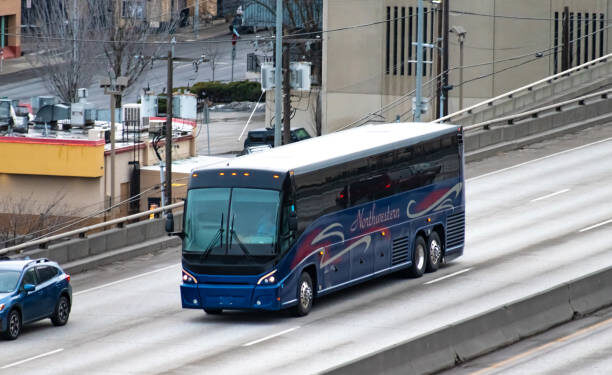Sound Transit’s proposed modifications to express bus routes 590 and 594, which currently provide direct service between Tacoma and Seattle, have raised significant concerns among commuters and local officials. These changes are part of the agency’s 2026 Service Plan, coinciding with the anticipated expansion of the Link light rail system.
The 2025 Service Plan outlines a suspension of the downtown Tacoma segment of Route 590 between 10th & Commerce and the Tacoma Dome Station, along with a reduction of approximately half of its weekday trips . While specific alterations to Route 594 have not been detailed, the broader strategy suggests a shift in focus toward the new light rail services.
Local leaders and transit advocates argue that the express bus routes offer unique advantages that the light rail may not replicate. The express buses provide a direct, non-stop connection to downtown Seattle, which is particularly valuable for daily commuters seeking efficient travel times. In contrast, the light rail, while expanding regional connectivity, includes multiple stops that could result in longer journey durations for those traveling from Tacoma.
There is also concern about the potential impact on equity and accessibility. Reducing or eliminating express bus services could disproportionately affect lower-income residents who rely on these routes for their daily commutes. Ensuring a variety of transit options is seen as essential for promoting inclusivity and meeting the diverse needs of the community.
Sound Transit has indicated that the changes are part of a broader effort to streamline services and integrate the new light rail expansions effectively . However, community members and officials are urging the agency to reconsider any plans that would diminish the express bus services. They advocate for a transit strategy that complements the new light rail system rather than replacing existing services, ensuring that Tacoma’s connectivity to Seattle remains robust and accessible for all.
As the 2026 implementation date approaches, ongoing dialogue between Sound Transit, local officials, and the community will be crucial in shaping a transit system that balances innovation with the practical needs of its users.






